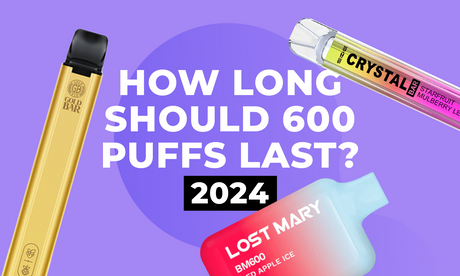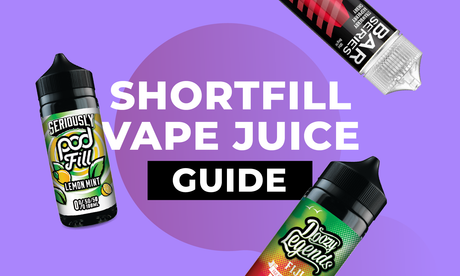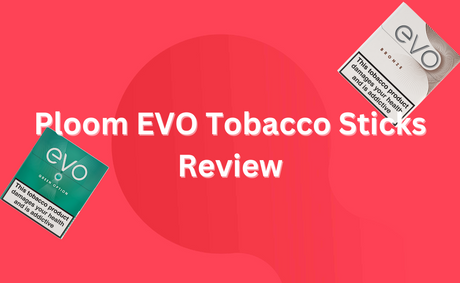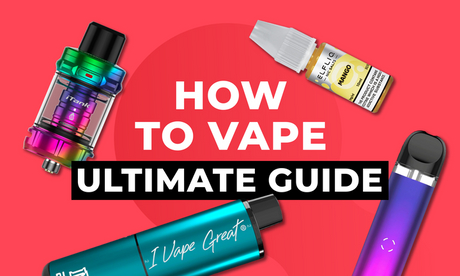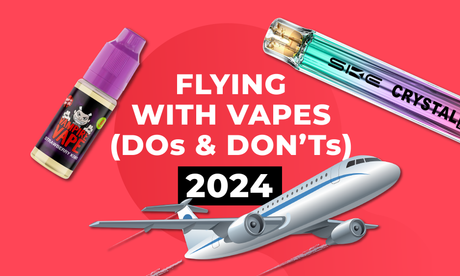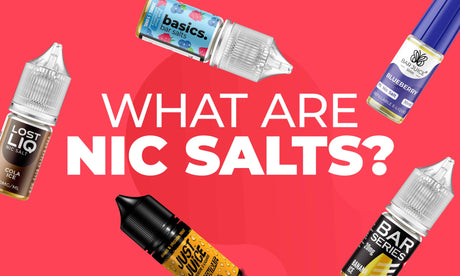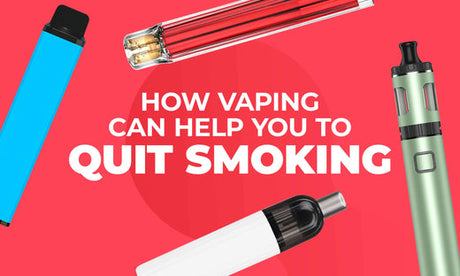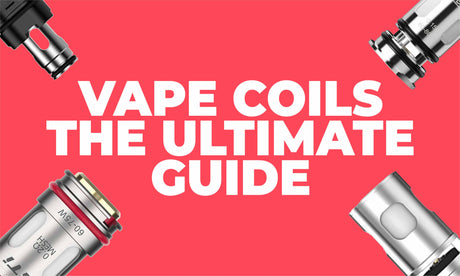TPD Compliance
Vaping falls under the TPD (Tobacco Products Directive) legislation due to the use of nicotine in vape products and e-liquids. This is true for all vaping products though, not just those that contain nicotine as all vaping products are covered by TPD laws.
What is TPD?
The Tobacco Products Directive (TPD) is a regulatory framework set by the European Union (EU) and enforced by the British government within the UK. These regulations are intended to control the sale, marketing, and production of tobacco and related products, including e-cigarettes and vaping products like vape juice, pods and coils. The directive aims to ensure a high level of health protection for citizens by imposing specific rules and standards on these products.
TPD compliance is important because it ensures that vaping products are safe for consumers and that they are sold to those who they’re intended for - smokers who are looking to either stop smoking or reduce the amount they smoke, as well as individuals that use vape products as an alternative to smoking. The TPD controls how these products are marketed in order to prevent companies from targeting non-smokers and young people, as vape products should be used as a smoking cessation tool.
What are TPD regulations?
The Tobacco Products Directive (TPD) is a set of rules and regulations that have been put into place to ensure that vaping products meet a particular standard in terms of safety and quality. These regulations require manufacturers to confirm that their products comply with the rules, before they can be approved for sale.
However, TPD regulations are quite a bit more complicated, with many different aspects. Keep reading to discover just how many different ways the Tobacco Products Directive has affected the vaping industry.
-
E-Liquid Requirements:
- Maximum nicotine strength: 20 mg/ml.
- Maximum e-liquid bottle size: 10 ml for nicotine-containing liquids.
- E-liquid containers must be child-resistant and tamper-evident.
-
E-Cigarette Tank Requirements:
- Maximum tank size: 2 ml.
- Tanks must be leak-free and child-resistant.
-
Product Information and Packaging:
- Health warnings: Products must carry health warnings covering 30% of the front and back of the packaging.
- Ingredients: Manufacturers must disclose all ingredients in e-liquids.
- Packaging: Must include information on nicotine content and advice on keeping the product out of reach of children.
-
Marketing and Advertising:
- Restrictions on advertising e-cigarettes in various media, including TV, radio, and print.
- No sponsorship of events where cross-border effects are involved.
-
Product Notifications:
- Manufacturers must notify authorities about new products six months before they are launched.
- Detailed information on the product, including its ingredients and emissions, must be provided.
These are some of the ways in which TPD regulations can affect businesses and products within the vape sector - but how big of an impact does this legislation cause?
What does TPD mean for Vaping?
When the TPD first came into play it was a big thing. Vape stores across the nation were forced to remove e-liquids larger than 10ml from their shelves if they contained nicotine. Vaping companies from all over the globe had to create a 2ml version of their vape tanks and pods to comply with the new legislation, and vape juice brands had to either downsize, or close down, due to the fees incurred by the changes in law.
These days TPD compliance has become ingrained in the way that we do things and so it has very little noticeable impact on the running of vape businesses within the UK. There are some companies however, who are continually developing products that are in line with TPD regulations, whilst still pushing the boundaries of vaping. Most notable are the brands who release ‘big puff’ devices, which are vapes that are capable of producing more than 600 puffs of vapour, which is the standard for TPD compliant disposables that hold 2ml of vape juice.
When did TPD laws come into force?
The UK government implemented TPD in full as of May 20, 2016 in the form of the Tobacco and Related Products Regulations 2016 (TRPR). This applies to all vaping products sold within the UK, whether they contain nicotine, or are nicotine-free.
All vendors and retailers selling within the UK are required to comply with the TPD, and those who don’t may be found to be breaking the law, which can have serious consequences.
How do Grey Haze follow TPD Compliance laws?
Grey Haze is a fully TPD compliant vendor, all our products adhere to TPD regulations, including e-liquids which are capped at 20mg in a 10ml container, and all larger vape juices are nicotine free.
All vape liquids and products supplied by Grey Haze have been submitted to the MHRA for notification and have passed and declared TPD compliant. We have all certificates and documentation on file for any product we stock. If you need more information with regard to TPD/TRPR you can email us at info@greyhaze.co.uk, and we will reply as soon as possible.
Helpful Websites
For more information on the Tobacco Products Directive (TPD) please take a look at the following resources:
1- E-cigarette regulations for consumer products
2- Tobacco products directive (EU)
The UK government is now in consultation on the future of TPD in the United Kingdom. Although the UK has left the EU, the TPD directive is part of UK law, and all previous recommendations still stand.
